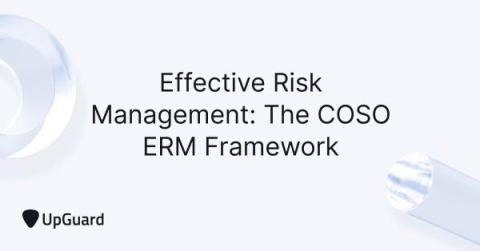How to Create a Cybersecurity Board Report (3 Best Practices)
Your board of directors expects to be regularly updated about your data breach prevention efforts, but board members often lack the necessary technical insight to understand the cyber risk mitigation processes making up your cybersecurity posture. CISOs are tasked with bridging the gap between awareness of your organization’s security efforts and stakeholder KPIs with the support of an invaluable tool - a cybersecurity board report.











